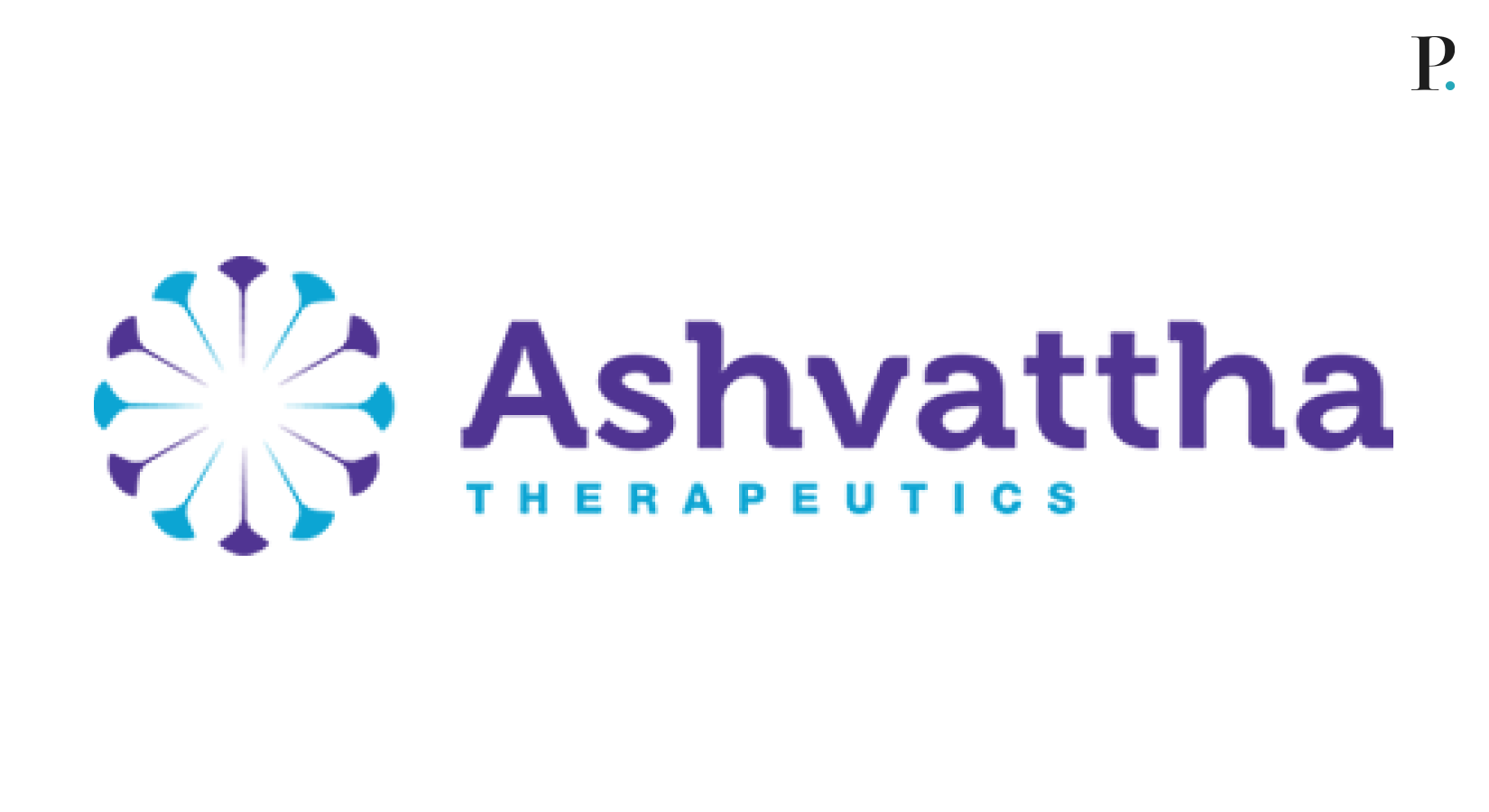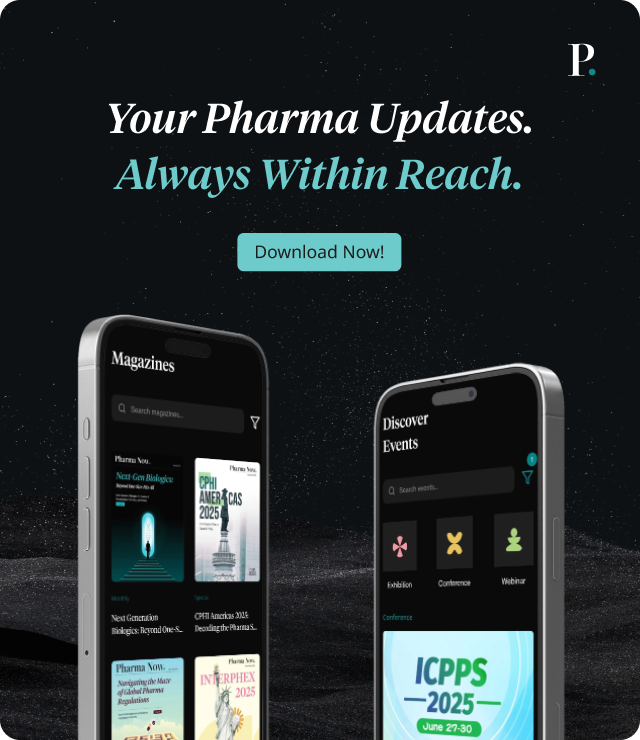Ashvattha’s Migaldendranib Aids Treatment For Wet AMD, Data Presented At Angiogenesis 2025 Summit
Ashvattha's Migaldendranib shows promise in reducing eye injections for wet AMD and DME patients.
Breaking News
Feb 11, 2025
Simantini Singh Deo

Ashvattha Therapeutics, a clinical-stage company developing nanomedicine therapies that target inflammation, has announced positive Phase 2 results for Migaldendranib (MGB; D-4517.2), a novel subcutaneous (subQ) nanomedicine for retinal diseases. Unlike traditional eye injections, MGB reduces retinal fluid production in both eyes, potentially lowering the need for invasive treatments.
Over 50 patients have participated across three clinical trials. Interim Phase 2 data, presented at the Angiogenesis, Exudation, and Degeneration 2025 virtual meeting. The Phase 2 study highlighted results from 25 patients with wet age-related macular degeneration (wet AMD) and diabetic macular edema (DME) previously treated with anti-VEGF injections.
Key findings showed significant reductions in anti-VEGF treatment burden, stable central subfield thickness (CST) and visual acuity in wet AMD and modest improvements in DME patients. Similar benefits were observed in untreated fellow eyes, with treatment burden reductions up to 94.7% in DME. MGB was generally safe, and no ocular adverse events were reported. The Phase 2 study highlighted results from 25 patients with wet age-related macular degeneration (wet AMD) and diabetic macular edema (DME) previously treated with anti-VEGF injections.
Jeff Cleland, Ph.D., CEO of Ashvattha Therapeutics, stated, “These promising results highlight our dedication to developing innovative therapies for wet AMD and DME. For subjects who have completed 24 weeks of treatment, there has been a significant reduction in the need for supplemental intravitreal aflibercept. Migaldendranib has the potential to be administered at home subcutaneously once per month to reduce the production of fluid in the retina, reducing the need for injections of anti-VEGF in the eye. These results substantially reduce the treatment burden for patients, especially those with bilateral disease, leading to fewer office visits. We are encouraged by these findings and look forward to continuing our development efforts to bring this promising therapy to market.”
“These results suggest that subcutaneous MGB could offer patients a more convenient at-home treatment option while maintaining disease control and significantly reducing IVT injection burden. The bilateral treatment effect is particularly encouraging for patients with disease in both eyes,” said Dr. Singer.
